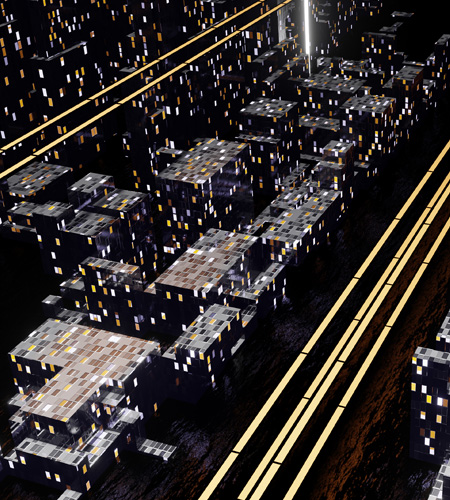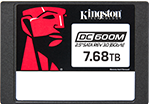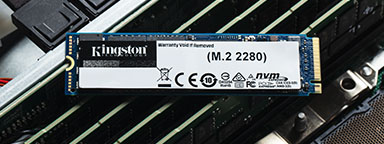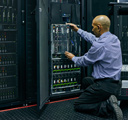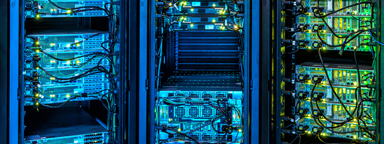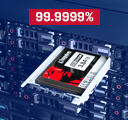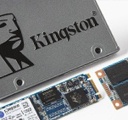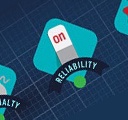At the start of a new decade, there’s been a lot of buzz about the future of NVMe in the enterprise and Cloud infrastructure. From talk about NVMe over Fabrics to new form factors and even PCIe 5.0, a vast amount of innovation is set to be unveiled this year.
The adoption of NVMe is just taking off despite the atmosphere surrounding new inventions, new product releases and novel approaches to implementation. While roll-out might be slower than analysts and journalists expect, we highlight seven of the predictions of what will drive NVMe adoption this year.
1. Efficiency Will Still Be King
While most data center managers are focused on compute – the fact that NVMe can make things run more efficiently will force many to begin the switch. By having more available compute resources and faster transfer speeds, data centers can do more with less which makes the switch more attractive.
2. Adoption Will Increase with More Off-The-Rack Solutions
Not every data center is created equal. Hyperscalers have enormous budgets to create custom components and don’t have to rely on off-the-shelf components to have the best or fastest products. As more manufacturers begin rolling out affordable NVMe storage solutions, we’ll start to see more tier one and tier two providers migrating. With the availability of commercial products, there’s an amount of market validation and testing that has already proven its worth.



